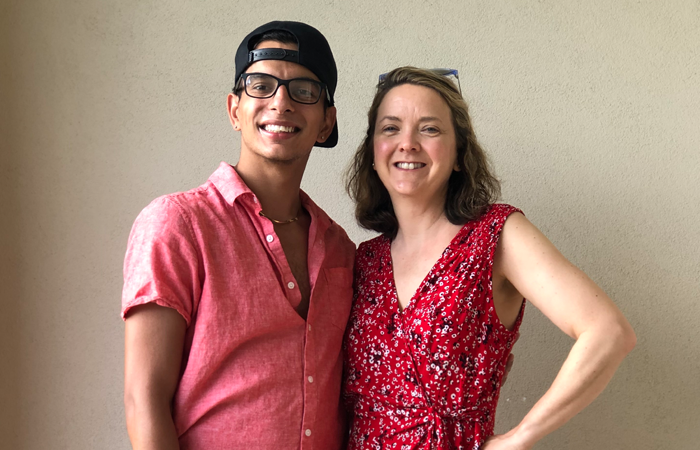Jeanie, 15, came down to breakfast one day dressed all in black, complete with dark eye shadow, nails, and lips. “Goth,” she said her new look was called. She announced that she was tired of looking like a Goody Two-Shoes. This appearance felt more in sync with who she really was. Once the shock wore off, her parents pondered: Was this typical adolescent identity exploration, or was their daughter’s sudden shift connected in some way to adoption?
Identity development is the major task of adolescence, and teens may try on different identities during this critical transformation. Do our children experiment with even more personalities and interests as they seek their sense of self? Are they more easily swept up by trends or their friends interests, being over-eager to fit in and feeling that they have greater differences to overcome?
Who Am I?
In fact, parent and teen may need to run an extra mile together when adoption complicates the progression through adolescence. Identity development involves accepting and incorporating interests, traits, and personalities of your parents, while asserting differences from them. All teens ponder: Who am I? Who am I like? Who do I want to be like? My parents? Our teens add: My birth parents? Or some of both?
[Instant eBook: How to Talk About Adoption]
What they know and do not know about their birth parents takes on great significance during the teen years. If the birth parents are perceived as being very different from the adoptive parents, what does this say about who they are or will become? Your attitude about the ways your child may be different from other members of your family has a huge impact on this thinking process.
Andy’s parents, both professors, had always placed a high value on academic success, but their son was more interested in sports. They learned to appreciate their average student’s efforts and focus on his athletic achievements. They were genuinely pleased when he received an athletic scholarship for college. If they had been critical of their child’s differences, he might have buried his feelings of frustration and sadness until the throes of adolescence.
And when teens know little or nothing about their birth families, they may fill in the gaps with fantasies. Jeanie believed her birth mother lived on the edge. Her foray into goth led to meaningful discussions with her parents concerning her feelings about her birth mom as she tried to connect all the pieces of her identity. This exploration allowed her to avoid going to extremes in deciding who she wanted to be. Before long, she returned to her jeans and tees.



